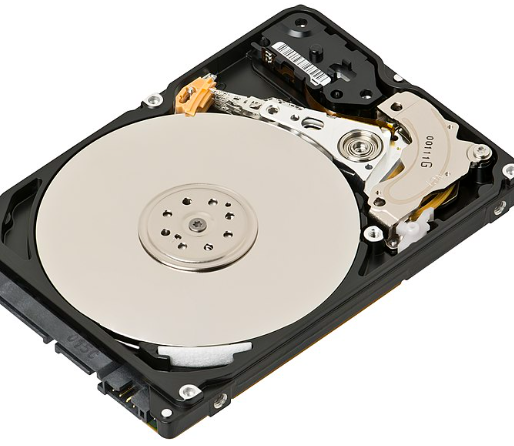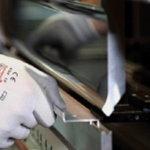Nickel plating offers versatility and adaptability across a broad spectrum of substrates, from steel to copper, brass and zinc. This flexibility enables the enhancement of material properties and performance through nickel plating. Below are some reasons why nickel is used in plating.
Electroplating
Electroplating is a surface treatment method which applies thin metal layers to alter surface properties like conductivity or enhance durability and appearance. Nickel electroplating, significantly advanced in the past 50 years, efficiently produces industrial coatings for decorative and functional purposes, with over 150,000 tonnes deposited annually worldwide.
Its widespread use stems from the properties of nickel composites as coating materials, customisable through electrolyte composition and operating conditions. This technique enhances the utility and appeal of various products, including consumer goods, while improving properties like wear and corrosion resistance.
Electroless Nickel Plating
According to Thomas, electroless nickel plating deposits a uniform nickel coating on surfaces through a controlled chemical process, not reliant on an applied current. This method ensures uniformity, even on complex-shaped items, with widespread applications including hard disc drives, metallising plastics and various engineering products like automotive brake cylinders and valves.

Its corrosion and wear resistance, coupled with excellent adhesion to metals like aluminium, make it ideal for critical applications in automotive fuel systems, turbochargers and aircraft components like compressor blades and landing gear.
Electroforming
Electroforming is a significant industrial technique which utilises nickel composites. Operating as an “additive manufacturing” method, it deposits nickel onto a pre-formed pattern or mould called a mandrel. Afterwards, the mandrel is eliminated, leaving behind a nickel product that mirrors the shape and texture of the original substrate.
Its applications span security printing for banknotes, stamps and official documents, stampers for CDs, DVDs and holograms, rotary textile printing screens, nickel foams for batteries, radar waveguides and various other purposes.

Versatility and Adaptability
An advantage of nickel in plating is its versatility and adaptability to a wide range of substrates, including steel, copper, brass and zinc. This versatility allows for the plating of various materials with nickel to enhance their properties and performance.


